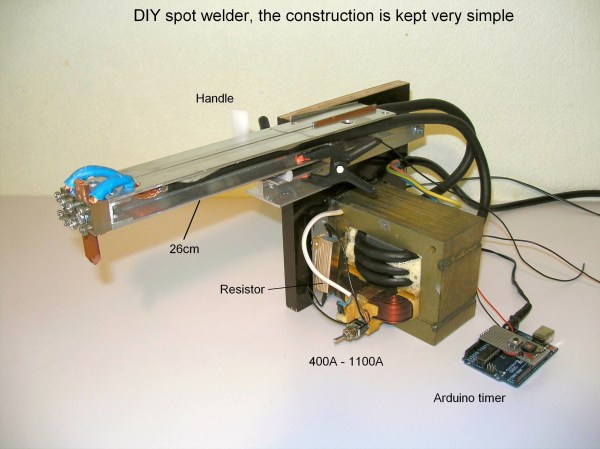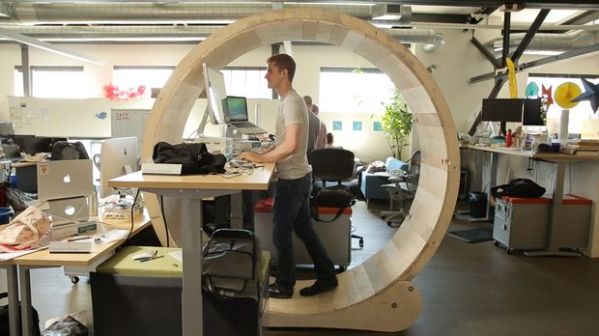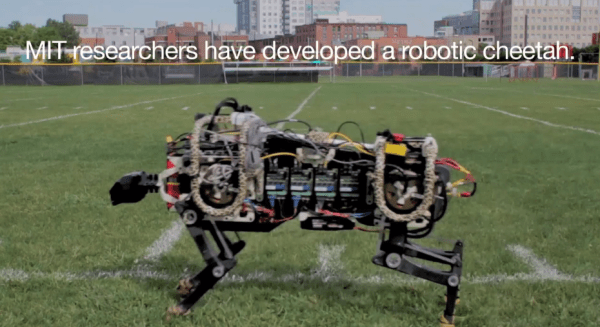Spot welders are one of the very few pieces of metal working equipment that are actually very much cheaper to build yourself than to buy commercially. In fact, between salvaging a transformer out of an old microwave and buying some of the other components, it’s doable for under $100USD in most cases.
We’ve shared this hack quite a few times before, but [Albert van Dalen] has really taken the cake on creating a very detailed and extensive guide to not only building his, but how to properly use it for various purposes.
[Albert] designed it in a way that allows it to be configured in both opposed and series electrode positions which means besides being able to spot weld sheet metal together, you can also spot weld battery tabs while on cells!
Continue reading “A Professional Spot Welder Made Out Of A Microwave Transformer”

















